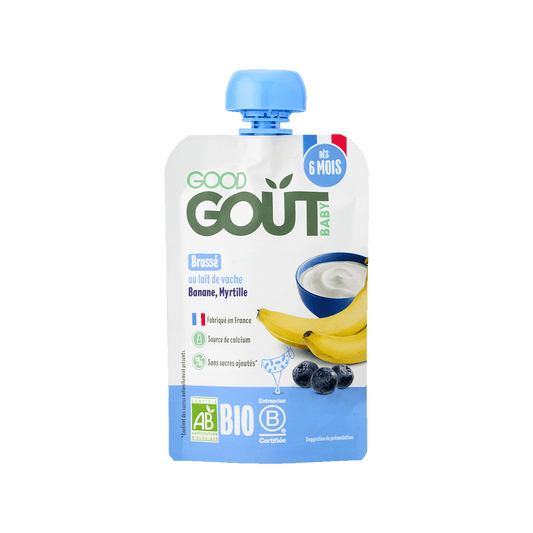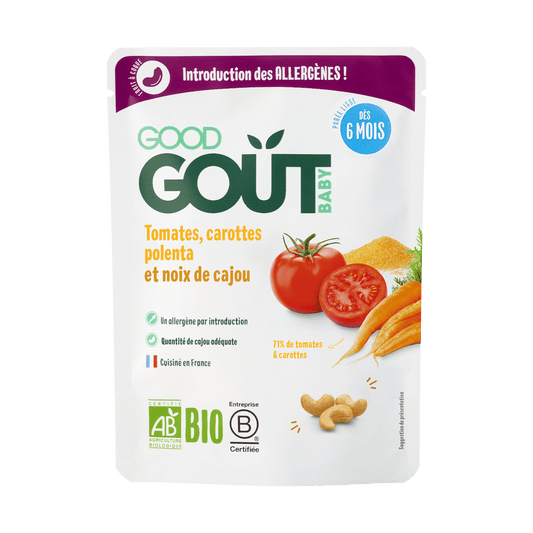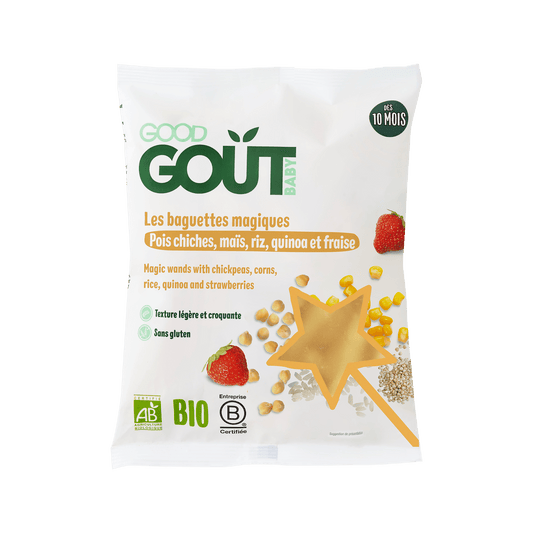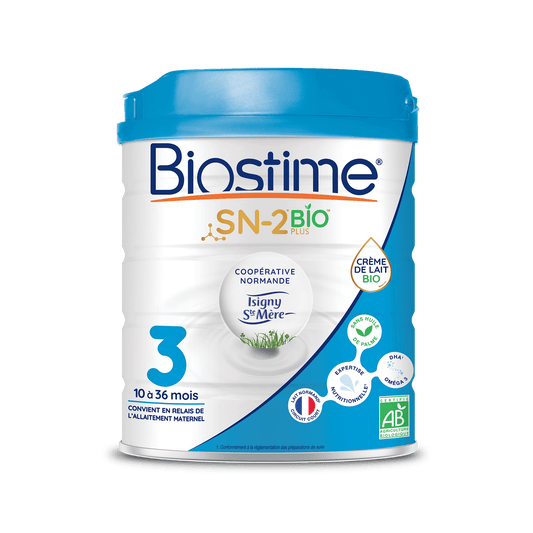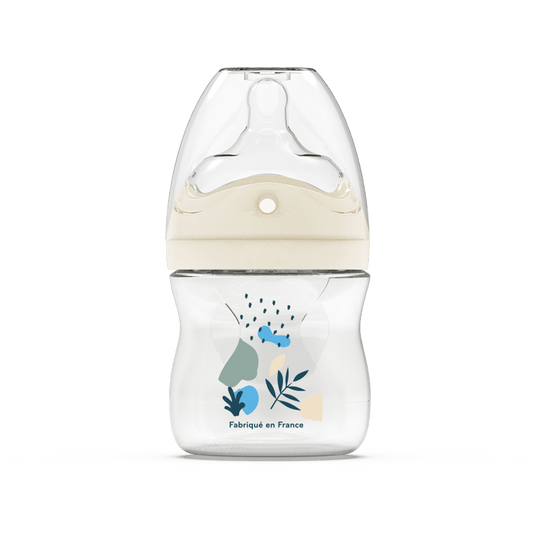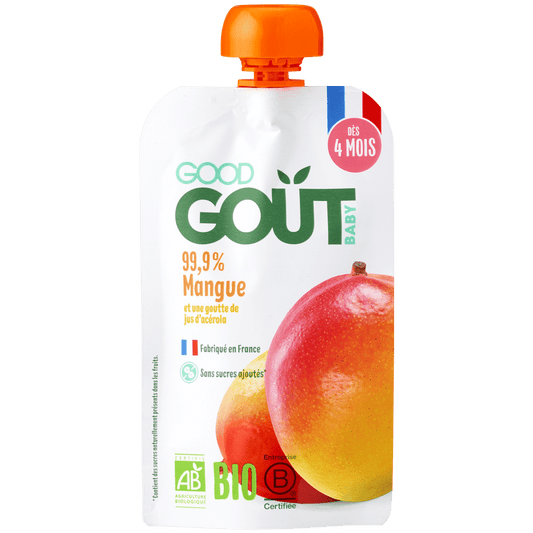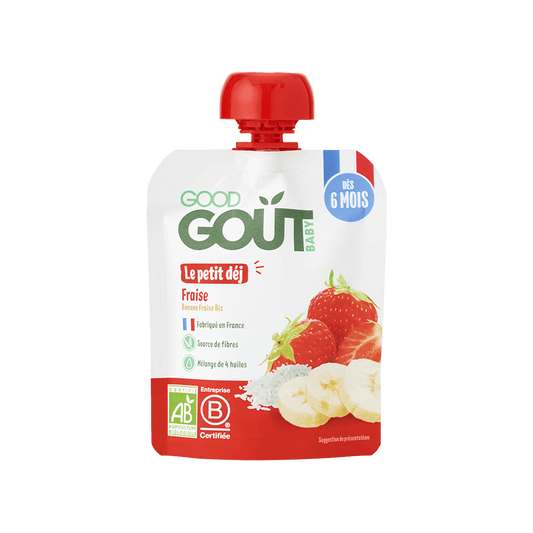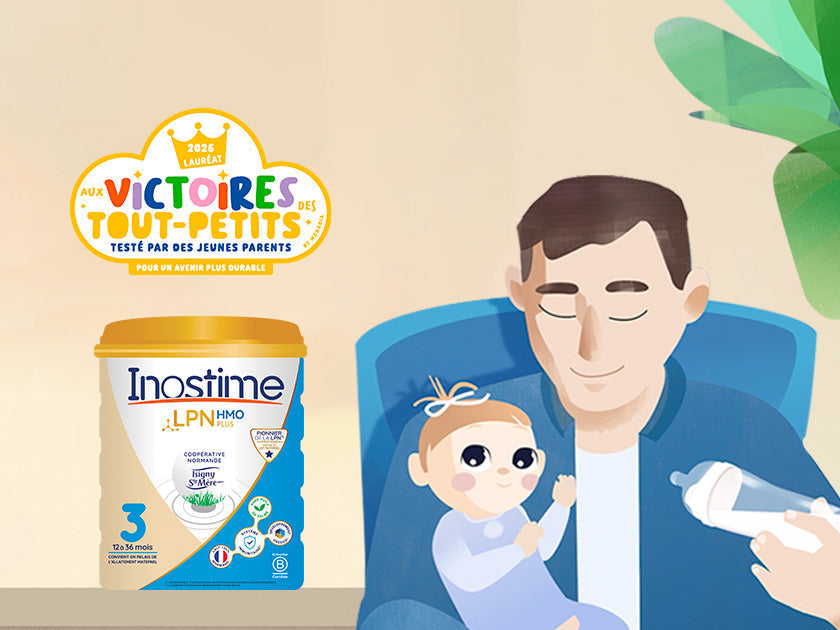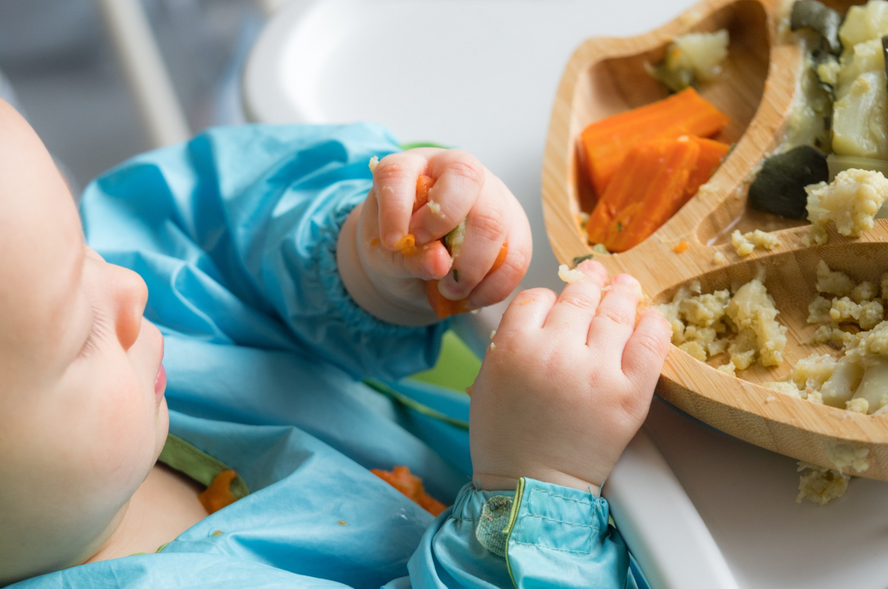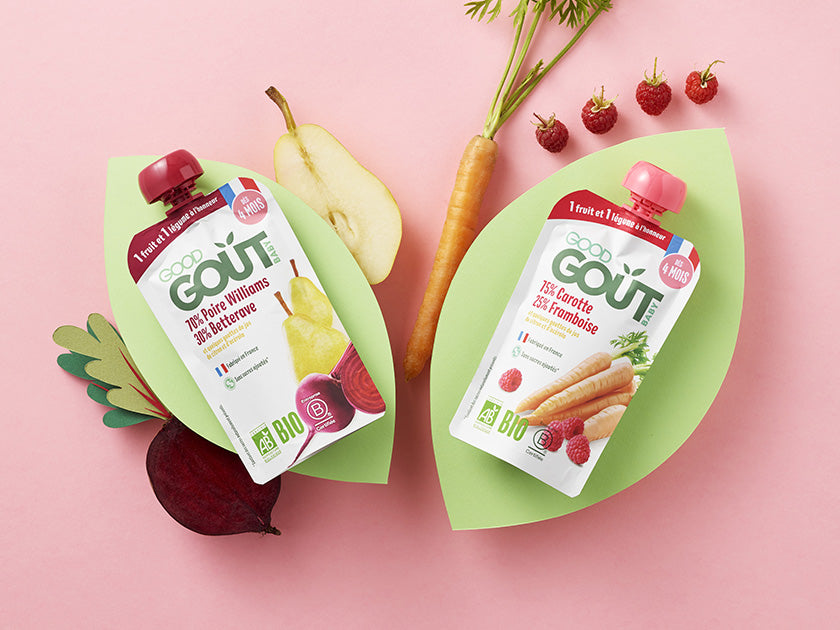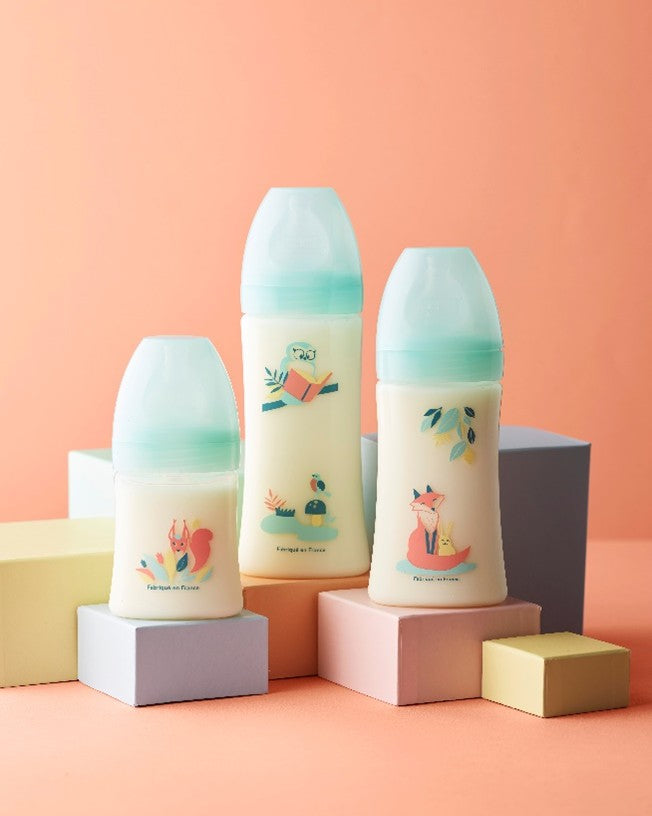The sucking reflex in babies is a natural reflex. Find all our explanations to better understand this phenomenon and how to satisfy this need.
Sucking in babies: a natural reflex
Does your baby spend most of their time with their finger in their mouth, trying to suck on anything they can get their hands on? Nothing more normal! The sucking reflex is natural for toddlers. It helps them calm down and soothe themselves. But where does this sucking reflex come from? Thumb or pacifier? How do you know if your baby is hungry or just needs reassurance ? This subject fascinates us, and we're committed to sharing everything we know at Biostime to help you in your daily life! That's #NewBioGeneration
What is the sucking reflex in babies and what is it for?
The sucking reflex is innate in babies. It appears during uterine life 1 . In fact, from the 12th week of pregnancy, the fetus can already take its thumb in its mouth at certain times of the day. If you are pregnant, keep your eyes peeled during your next ultrasound, you might catch your unborn baby sucking its thumb!
From the first hours of life, a baby's first instinct will generally be to try to suckle to feed itself 2 , as any small mammal would. But it does not only have a nutritional role. This is called "non-nutritive" sucking:
- It brings comfort, a feeling of security and helps the little one to fall asleep ;
- It plays an anti-pain role 3 . Two hypotheses could explain this effect. The first is that the act of sucking would monopolize the newborn's attention and thus mask the sensation of pain. The second is that sucking would activate self-regulation mechanisms in the baby and reduce its response to pain.
Generally, the child loses this reflex as he grows . From the age of 1, you can help your baby reduce his urge to suck . If thumb or pacifier sucking is stopped before the age of 4, the deformities in his jaw generally resolve themselves with growth and the appearance of his new teeth .
Thumb, comforter, pacifier: is one better than the other?
To satisfy their sucking reflex , some babies will suckle on their thumb, while others will soothe themselves only at the breast, with a pacifier or by sucking on the ear of their favorite bunny. There is no one solution that is better than another , it depends on the baby. If you see that he is looking for his thumb, you can help him find it. If you offer him the pacifier and he seems to like it, then it is the right alternative for him.
If you are breastfeeding, it is advisable to avoid the pacifier while breastfeeding is being established to avoid creating breast/pacifier confusion 3. Once breastfeeding is well established, it is up to you to choose: give the breast even for non-nutritive comfort feeds or offer the pacifier.
How do you know if your baby is hungry or just has a sucking reflex?
A question running through your mind: how do you know if your baby is hungry or just needs to calm down? Don't panic! A hungry baby may exhibit some of the following behaviors 4 :
- Bringing your hands to your mouth or face;
- Have sucking movements;
- Open your eyes wide;
- Wave your arms and legs;
- Start crying if the need becomes very urgent!
In this case, simply offer the breast or bottle when you cannot or do not want to breastfeed . If it is hunger, he will suckle efficiently and productively. If it is a simple sucking reflex, he will rarely swallow and will make a rapid sucking motion and will seek more to "suck" to soothe himself . In this case, the pacifier can be useful.
Very often, after the nutritious feed comes the “ cuddle feed ” which helps to satisfy your baby’s need for comfort, calming and security.
And as with every step of parenthood, have confidence in yourself and in your baby !
To your stories!
Does your baby have a strong sucking reflex? Have you offered them a pacifier, or does they prefer to suck their thumb? Do you have any tips to share? Come share your experience and chat with other parents by writing to us at contact@biostime.fr or by private message on Instagram @biostimefr . We look forward to hearing from you!
"Important notice: Breast milk is the ideal and natural food for every infant: it is best suited to their specific needs.
When using infant formula, when the mother cannot or does not wish to breastfeed, it is important to scrupulously follow the instructions for preparation and use and to follow the advice of the medical profession."
References:
- Lecanuet JP, “Bursts and pauses: prenatal sucking”, Spirale, 2007/4 (n° 44): 21-32. DOI: 10.3917/spi.044.0021.
- AFPA. [Online] Your Baby's Reflexes at Birth. Mpedia.fr. [Updated on 09/16/2019, Accessed on 09/08/2022]. Available: https://www.mpedia.fr/art-premiers-reflexes/
- AFPA. [Online] Thumb, pacifier: advantages and disadvantages. [Updated on 02/27/2019, Accessed on 09/08/2022] Available: https://www.mpedia.fr/art-pouce-tetine/
- National Institute of Public Health of Quebec. [Online] Living better with our child from pregnancy to two years. [Accessed 08/09/2022] Available: https://www.inspq.qc.ca/mieux-vivre/alimentation/nourrir-notre-bebe/les-signes-de-faim#:~:text=Votre%20b%C3%A9b%C3%A9%20vous%20montre%20qu,b%C3%A9b%C3%A9%20est%20pr%C3%AAt%20%C3%A0%20boire.

